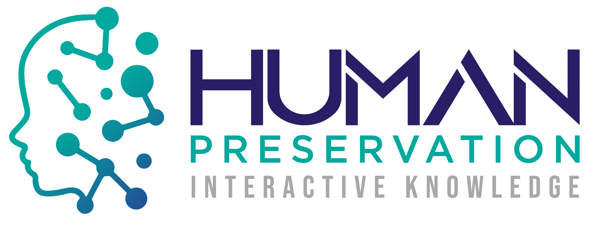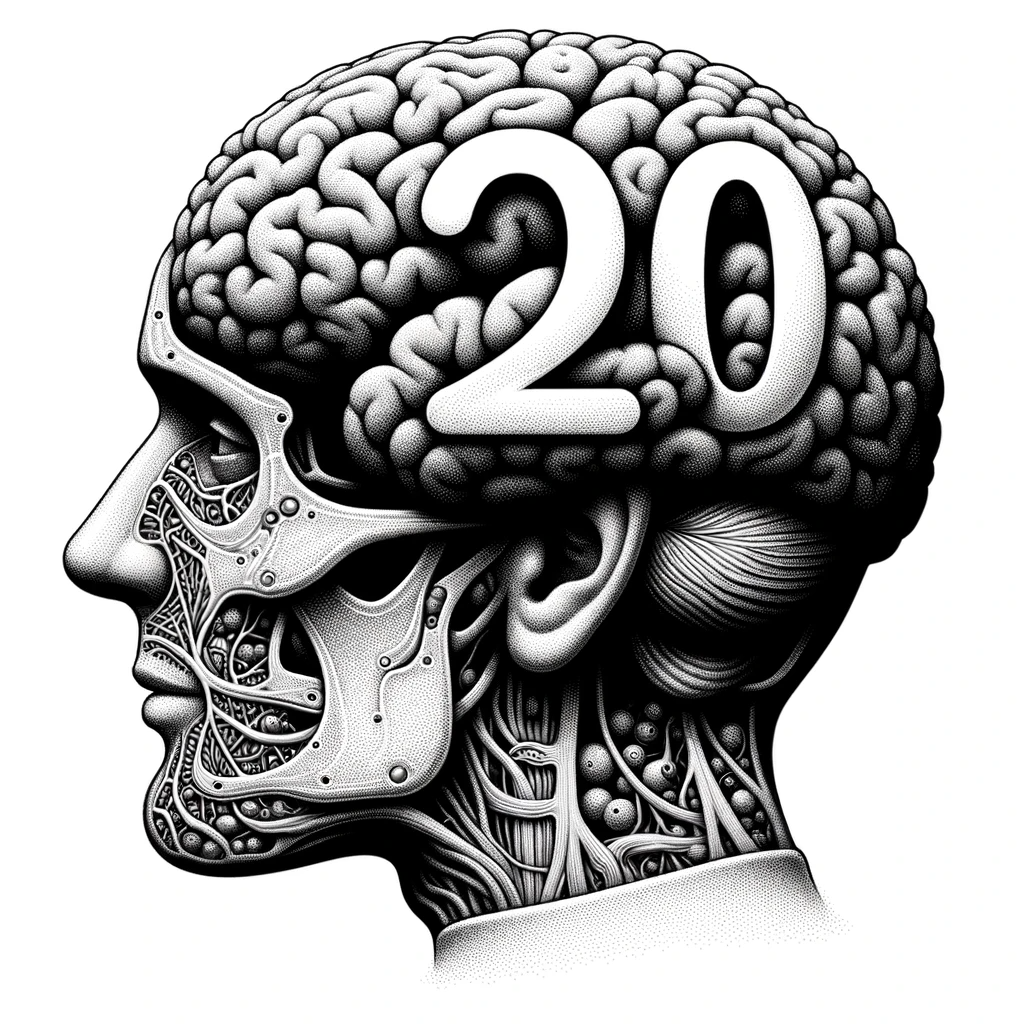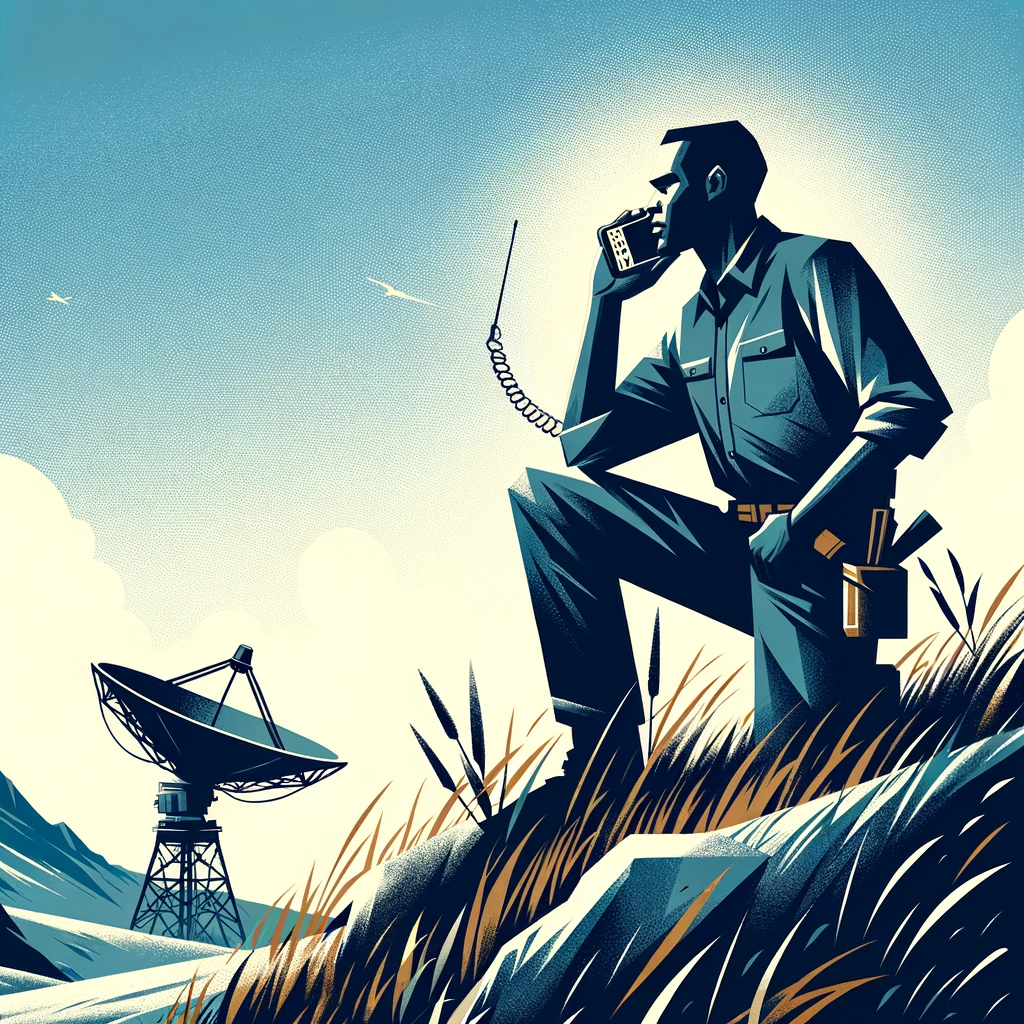Human Preservation

As I began to fall in love with ChatGPT in January of 2023, I learned that it was possible to configure a server to run a private GPT environment. This meant I could enjoy all the features ChatGPT offered using my own data, without sharing it with the public ChatGPT and avoiding its tendency to hallucinate.
While exploring this, my overactive brain was drawn to the realm of deep fakes, which use AI to seamlessly combine different aspects of a person into a cohesive whole, creating results otherwise impossible. I wanted to extend my private GPT server to incorporate cloud computing technologies, allowing the creation of real-time deep fakes.
I’m not referring to the deep fakes known for misinformation but rather those used for customer service or as digital twins. Though not widely popular or fully realized yet, the concept intrigued me.
Then, tragedy struck. My best friend and collaborator in intellectual and non-profit endeavors, Dr. Natale Zappia, succumbed to brain cancer. He was a father, husband, friend, teacher, student, brother, and relative to many. Whether you knew him for two days or two decades, his personality was evident. Our projects were just a fraction of his vast experiences. Dr. Zappia, a professor of American and Native American history who authored books and scholarly articles, left a legacy locked within words. Books and articles, for all their extensive research, can feel inaccessible; finding a specific concept can be like searching for a needle in a haystack. As I mourned, I pondered why we don’t keep the memories of our loved ones alive more dynamically. In the Harry Potter universe, photos move and smile. In contrast, future generations often find limited information about their ancestors, despite the seeming abundance of data today. Social media can memorialize someone, but it’s static. What if we could parse this data to train a posthumous AI of that person?
This concept has been in my mind since high school in the eighties, a time when I was already engaged with personal computers and modems, thanks to my tech-savvy father. For a college admission essay, I wrote about using artificial intelligence to scan my grandfather’s computer files to create a digital persona for conversations. That vision now drives my mission at Human Preservation. This service isn’t just for personal memories but also for information created by individuals or organizations.
With the increasing pervasiveness of artificial intelligence in our society, I chose to name my service Human Preservation vs AI Services, emphasizing the human element – you, the hero of your story, and your business.
We are just at the dawn of artificial intelligence, reminiscent of the early days of the web and its burgeoning technologies. Now, as then, AI technologies are accessible and not confined to elite think tanks or universities, offering benefits to both individuals and organizations.
Human Preservation, or HumPre for short (reminiscent of ‘Humphrey’), is a digital agency emerging in today’s landscape of artificial intelligence. Functioning as an integral part of PILLAR, an established IT support company, HumPre represents a fusion of three decades of PILLAR’s experience. Our mission is to steer web development towards ‘bluer waters’—a realm beyond the fiercely competitive ‘red waters’ of the global market. In this innovative ‘blue ocean,’ HumPre is dedicated to collaborating with forward-thinking leaders who are keen to integrate AI into their businesses using their unique, private data. This approach is adaptable for both internal and external initiatives. It encompasses the deep fake technology that I’ve explored and seamlessly incorporated into a private GPT environment, among other advancements. As the possibilities with AI continue to expand and become clearer, HumPre is poised to leverage these innovations to their fullest potential.
The website is www.HumPre.com yet to truly understand what I am doing with AI that can significantly improve businesses that have a lot of data, we will need to talk. Please contact me using the form below or email/call.
Do you, or anyone you know, have questions about how generative AI could elevate their business to the next level? If so, please feel free to refer them to me. I’m here to help explore and unlock the potential of AI for their business needs.


